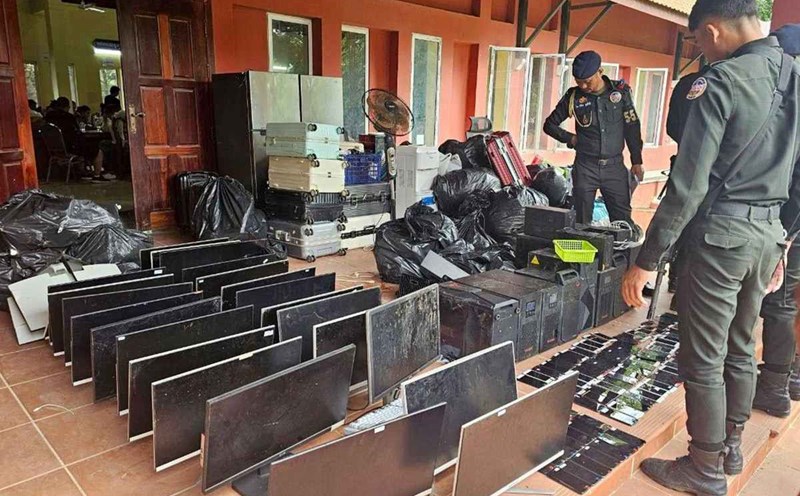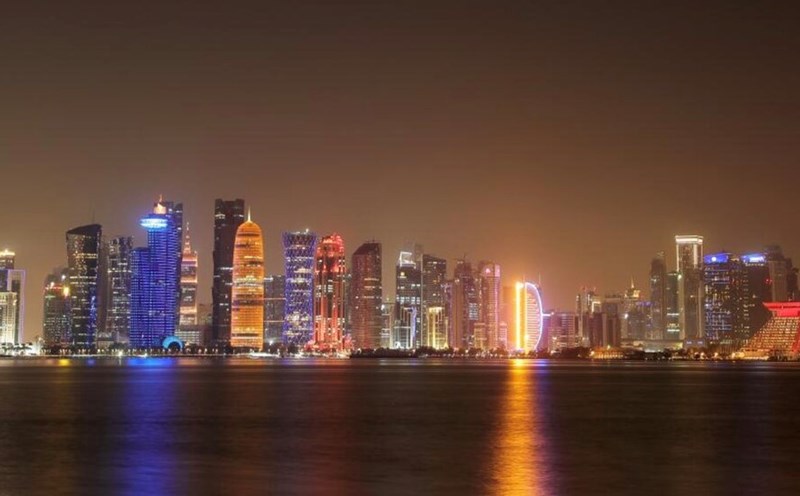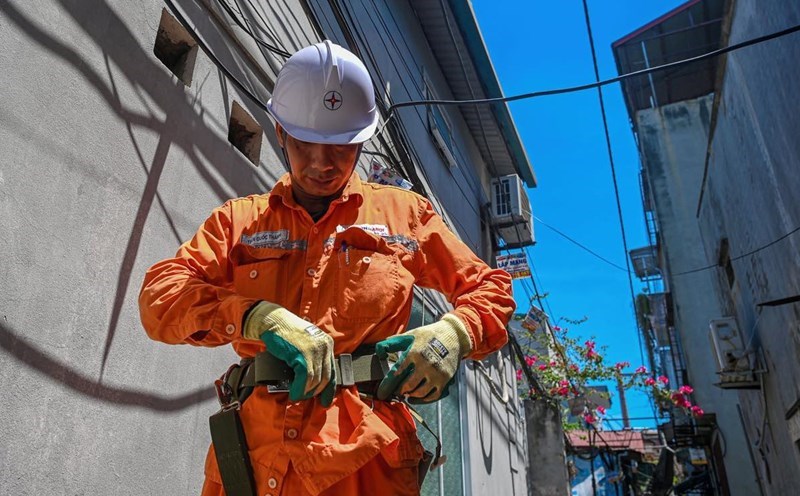The first commercial flight - operated by Air Cambodia from Guangzhou, China - landed at TIA on the morning of September 9 and was welcomed with a sports festival and the presence of Mr. Mao Havannall, Minister of Civil Aviation and Minister of Tourism Huot Hak.
On social media, Prime Minister Hun Manet affirmed that the operation of TIA will expand Cambodia's connection with the world. He emphasized: The aviation industry is a bridge for tourists, businesses, the political network and multilateral missions.
Mr. Havannall called this a "historic milestone" in the country's civil aviation industry when it owns a 4km long runway that meets international standards 4F, capable of receiving large aircraft such as Airbus A380 or Boeing 747. In the first phase, TIA's operating capacity is about 13 million passengers per year. The official inauguration ceremony will take place on October 20 under the chairmanship of Prime Minister Hun Manet.
Mr. Sinn Chanserey Vutha - Secretary of State and spokesperson of the Civil Aviation Authority affirmed that TIA will create favorable conditions for tourists and promote long-term tourism growth.
TIA started construction in 2020, constructed by the China National Construction Corporation (CSCEC), with a total investment of about 1.5 billion USD, on an area of 2,600 hectares in the suburbs of Kandal and Takeo provinces, about 20km from the capital Phnom Penh.
According to Mr. Thourn Sinan - Chairman of the Cambodia branch of the Asia-Pacific Tourism Association - this project will enhance the image of Cambodia as a modern, accessible destination. He emphasized: A more convenient aviation connection will help Cambodia attract more airlines and international tourists, thereby affirming the country's increasingly important position in the region.
Mr. Thong Mengdavid - lecturer at the Institute for International Research and Public Policy, Phnom Penh Royal University - commented that this airport will be the "main gateway" of the country, helping to attract more long-haul and regional flights, thereby promoting international tourism and investment.
In the Cambodian economy, tourism is one of the four main pillars along with textile exports; footwear, agriculture; construction, real estate.










